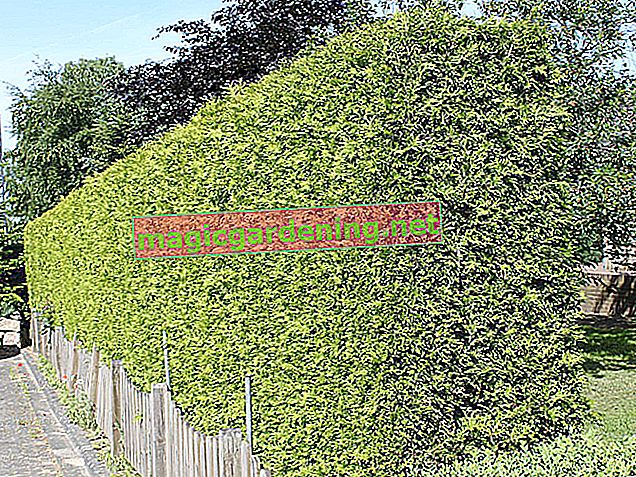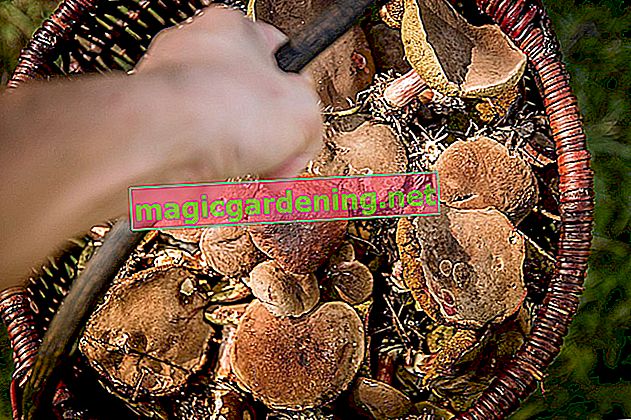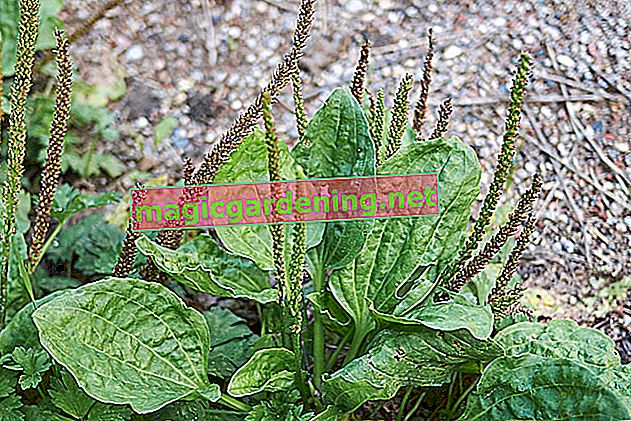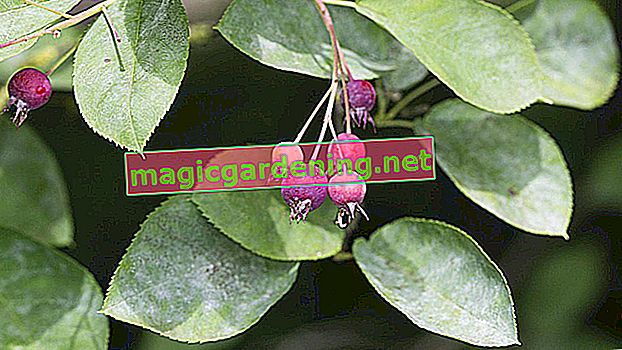
Which is why it makes sense to cut back
This care includes regular pruning, which should always be done after flowering. Although pruning is not absolutely necessary, it does rejuvenate the plant and ensure that the leaf rosettes stay nice and firm and do not become bald. Over the years, the Flaming Käthchen has a habit of not only pushing its shoots rapidly upwards - it also develops longer, leafless and flowerless stems. Of course, this has to be avoided and therefore you should take up the scissors. Speaking of scissors: always use a specimen that is as sharp as possible so as not to squeeze the stems unnecessarily. The instrument should also be clean in order not to transfer unwanted germs into the plant.
also read
- Cut back the cranesbill after flowering
- Flaming Kathchen does not bloom - what to do?
- Plant a flaming Katy on the balcony
Cut back the flaming Kathchen - that's how it's done
And this is the best way to proceed when cutting back the Kalanchoe:
- Wait until all the flowers have faded.
- Take the opportunity and immediately repot the plant in fresh substrate.
- Kalanchoe that is repotted regularly does not have to be fertilized either, so you save work.
- Cut the stems as deep as possible.
- Make sure, however, that there are still eyes (buds) below the cut.
- Optionally, you can also set the cut so that it extends to the next shoot.
- The new leaves grow from these buds or shoots.
- A cut below the eyes ensures that the plant can no longer sprout again.
- Therefore, it is better to take a look twice before you finally apply the scissors.
You don't have to throw away the cut shoots; instead, they can be used wonderfully for further propagation by leaf or shoot cuttings. In between, you can also remove yellow leaves and dead flowers from the plant. Both are simply plucked off.
Tips
If you want to get the Kalanchoe to bloom again, the plant must not be exposed to a light source for more than nine hours a day from November and the temperatures should only be around 16 to 18 ° C - the thick-leaf plant belongs to the short-day plants.








